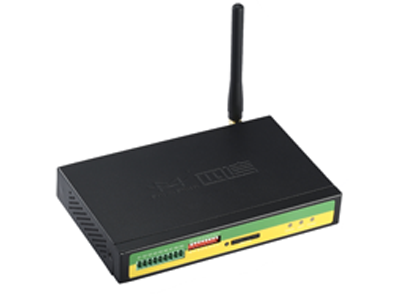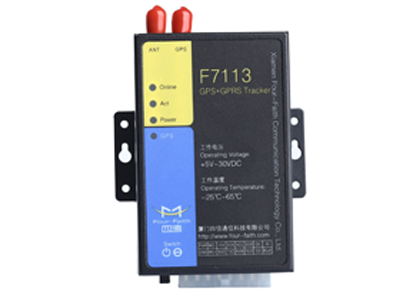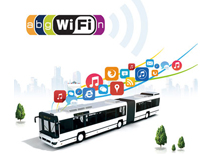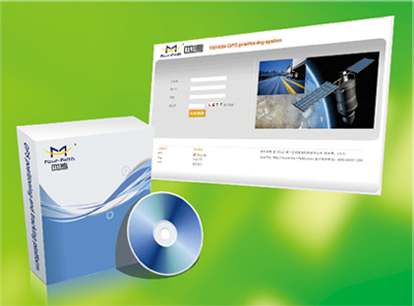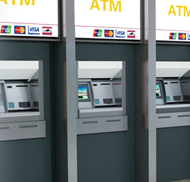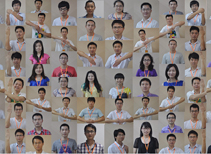
A couple of decades ago, no one could have imagined that it would be possible to cheaply install intelligent systems capable of controlling a house, let alone a city. Today you cannot say that it is widely implemented, but the current trend is the proliferation of these types of home automation systems in household environments and in certain fields of the Smart Cities.
In the following years, we will see how these systems are introduced in more and more areas, and how the price of both devices and control systems will gradually decrease.
In the 80s, several researchers made a major effort to integrate technology into the daily lives of people. They called this paradigm "Ubiquitous Computing", now referred to as Ambient Intelligence (AmI), which corresponds to a set of sensors, actuators and control systems integrated in the environment of people, so that smart devices are no different from everyday objects.
Several factors are contributing to the development of M2M technology and AmI systems. On the one hand, there is the generalization of wireless communication systems. Mobile, Wi-Fi, Bluetooth and other energy-saving communications enable any wireless device to connect from almost anywhere.
On the other hand, sensors and actuators are becoming cheaper and therefore they currently fit into any home appliance or street furniture. This concept, referred to as the Internet of Things (IoT), is the current and emerging trend.
Televisions, cars, refrigerators, light bulbs, and other electronic devices begin to incorporate the Internet communication needed to send information regarding their status and also receive orders. In fact, by the year 2020, 50 billion devices are expected to be connected to the Internet, following the M2M technology.
Another important factor in the development of AmI is the widespread use of smartphones. It is estimated that, by 2020, the number of smartphone users will be of 70% over the world population. Not only do these devices provide direct access through the Internet to the information supplied by home automation devices and control applications, but they also work as emitters of information regarding geolocation, logs from applications, etc., so that other applications can use this data for decision-making.
This vast amount of information available online, coming from different sources, would be very valuable if it could be integrated and reused by different applications with different purposes. Although it has not been adopted yet, many governments and businesses make their data available in open and reusable formats in the so-called open linked data initiative.
It is based upon W3C recommendations on the use of structured data representation formats, readable for both humans and machines. As a consequence, data is made available in order to be easily reusable, using well defined URIs (Uniform Resource Identifier) references for that goal. This is one of the grounds Smart Cities should rely on for the development of intelligent applications that make the most of the information provided from the city.
In the coming years, the current trends in networks of generalised and faster communications, the proliferation of sensors and actuators integrated in the city and household appliances, the widespread use of smartphones, and the definition of standard and reusable data formats will set the scenarios for the development of intelligent systems.
These AmI systems are already implemented in home automation environments but, above all, they could be very useful for the management of the cities. All in all, the Smart City concept leads us to the development of intelligent systems for energy distribution improvement, traffic management, pollution levels control, smart irrigation of gardens, accessibility for people with disabilities, solid waste collection, and a long list of services that take advantage of the infrastructure and centralised data of the city.



